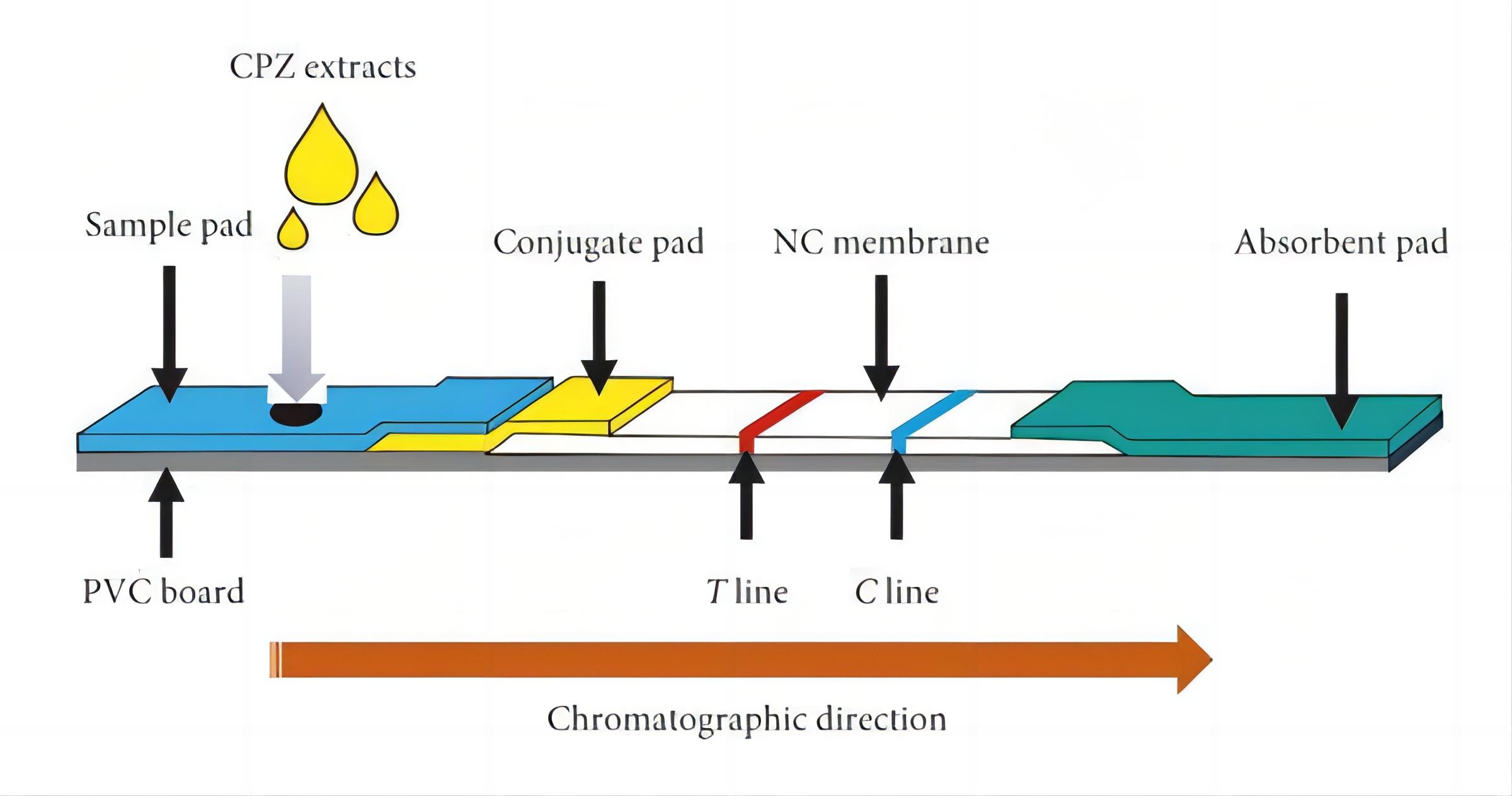Fluorescence immunoassay (FIA) is a simple, rapid, and sensitive technique that is used to measure many compounds including drugs, hormones, and proteins. This method has been widely applied in the in vitro diagnostics (IVD) industry. As an expert in IVD assay development, Creative Biolabs is committed to offering a reliable and sensitive FIA-based testing service to accelerate the application of FIA technique in the IVD field.
Introduction of FIA
Immunoassay is a highly selective bioanalytical method that measures the presence or concentration of analytes including macromolecules and small molecules in a solution through the use of an antibody or an antigen as a biorecognition agent. This method is based on the specificity of antibodies to their antigen. Fluorescent probes, as detectable signals, have been widely used in immunoassay. Fluorescent probes have many advantages as detectable signals including high sensitivity and a variety of measurable properties such as emission intensity, orientation, waveform, and lifetime. In a classical FIA, fluorescent dyes that illuminate in UV light are used to detect the specific binding of an antigen and antibody. The fluorescent dyes, fluorescein isothiocyanate and lissamine rhodamine emit blue-green and orange-red fluorescence, respectively under UV rays in the fluorescence microscope. The advantages of an FIA method include higher sensitivity detection of the analyte, simplified reagents, and simpler assay designs.
With the development of fluorescent labeling technologies and instrumental technologies, a variety of FIA-related technologies have been developed, including:
1) Fluorescent excitation transfer immunoassay
2) Fluorescence polarization immunoassay (FPIA)
3) Time-Resolved Fluorescence Immunoassays (TRFIA)
4) Fluorescence Energy Transfer Immunoassays
5) Phase-Modulation Fluorescence Spectroscopy
6) Phase-Resolved Fluoroimmunoassays
7) Phase Fluorescence and Fluorescence Lifetime Immunoassays
8) Liposome Fluoroimmunoassays
TRFIA-based Diagnosis of Hepatocellular Carcinoma
Hepatocellular carcinoma is the sixth most common malignant neoplasms and affects 626,000 people annually. It is necessary to develop a sensitive method to diagnose this disease as early as possible. Researchers designed and developed an effective, sensitive, and reliable TRFIA-GPC3 kit for diagnosing hepatocellular carcinoma. In the study, a sandwich TRFIA was used to detect serum GPC3 which is a potential novel marker for hepatocellular carcinoma, with the lowest detectable concentration of 38.74 pg /mL.
 Fig.1 Schematic of the nano-TRFIA.1, 2
Fig.1 Schematic of the nano-TRFIA.1, 2
Our Capabilities
Equipped with the sensitive FIA technology and rich expertise in IVD assay development, Creative Biolabs is confident in offering a flexible FIA-based detection development service. Besides, we also customize a personalized FIA-based testing solution according to your project's requirements. If you are interested in our services, please contact us to discuss your project and achieve more details.
Published Data
1. A Novel Time-Resolved Fluorescence Immunoassay Based on Kim-1 Detection for Improved AKI Diagnosis
 Fig.2 Experimental principle of the Kim-1-TRFIA method.3,2
Fig.2 Experimental principle of the Kim-1-TRFIA method.3,2
This study developed a highly sensitive time-resolved fluorescence immunoassay (TRFIA) for kidney injury molecule-1 (Kim-1) and evaluated its clinical relevance in acute kidney injury (AKI). The Kim-1-TRFIA was established using a double-antibody sandwich method and optimized for performance. The optimal coating antibody concentration was 1 μg/ml, and the Eu3+-labeled antibody dilution ratio was 1:140. The assay exhibited a linear range of 42.71–4666.69 pg/ml, with both inter- and intra-assay CVs under 10%. The specificity and recovery rates (ranging from 95.14% to 102.84%) of the assay were acceptable. Serum Kim-1 levels in AKI patients (126.50 ± 67.99 pg/ml) were significantly higher than in healthy controls (49.72 ± 16.40 pg/ml, p < 0.001). Additionally, serum Kim-1 concentrations increased with the severity of AKI, as determined by glomerular filtration rate staging (p < 0.05). This assay enables differentiation between healthy individuals and AKI patients and determines the severity of AKI patients, aiding in diagnosis and treatment decisions.
References
- Wang, Wei, et al. "Rapid quantification of chlorpromazine residues in pork using nanosphere‐based time‐resolved fluorescence immunoassay analyzer." International Journal of Analytical Chemistry 2021.1 (2021): 6633016.
- Distributed under Open Access license CC BY 4.0, without modification.
- Shaoxiong, Zheng, et al. "Establishment of a time‐resolved immunoassay for acute kidney injury based on the detection of Kim‐1." Journal of Clinical Laboratory Analysis 36.9 (2022): e24603.
For Research Use Only.

